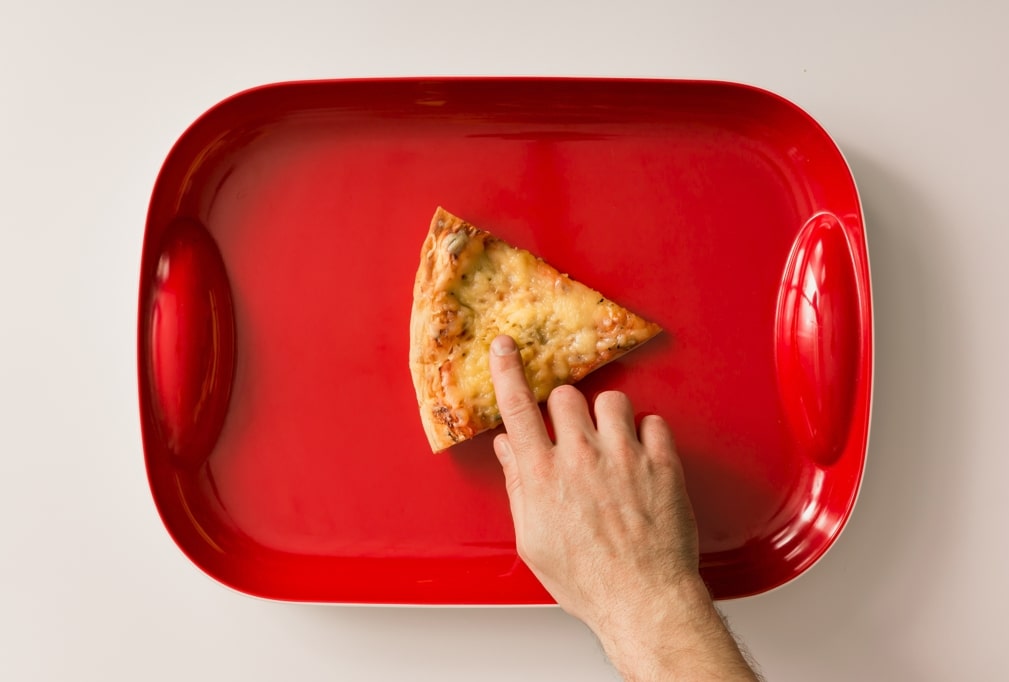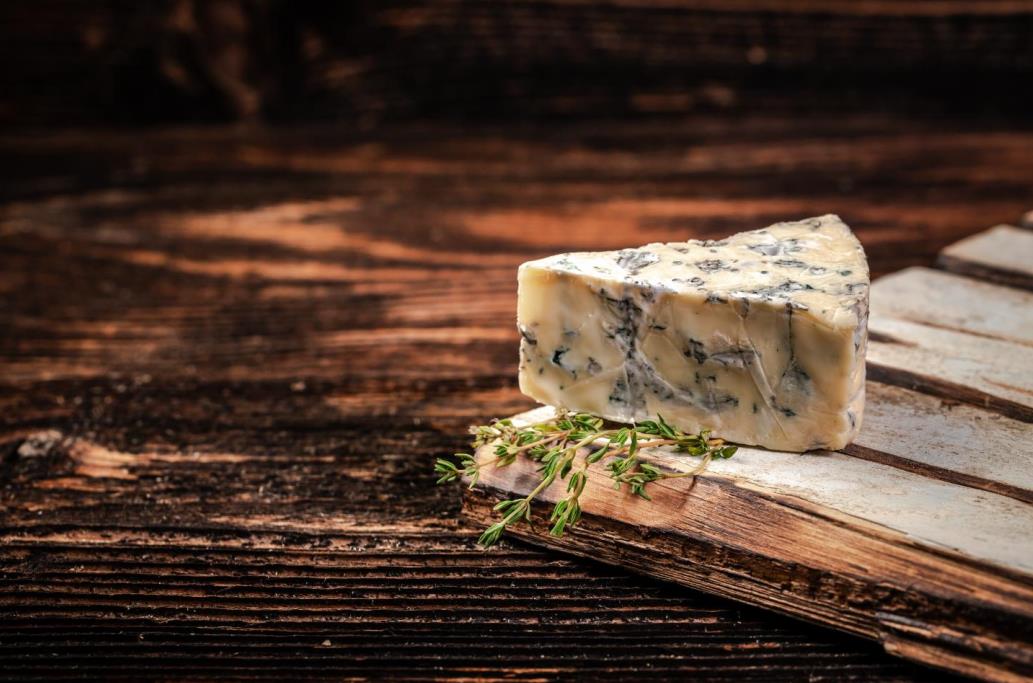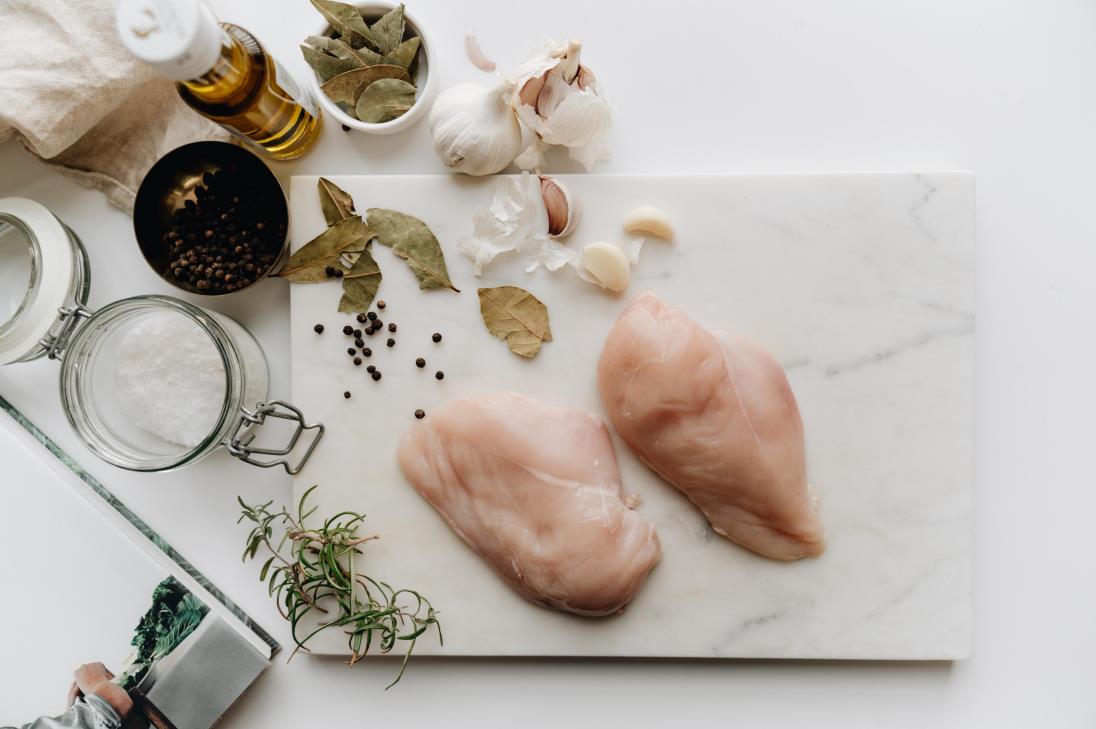The right cutting surface is the one that helps you work on ingredients while keeping everything neat without damaging the knife. When we think of this, the standard cutting board immediately comes to mind. Still, there are alternatives to it – rather secondary options, like a butcher block.
Whether made from plastic, rubber, or wood, your cutting board is extremely versatile. It’s easy to carry around yet sizable enough to handle many different ingredients. On the other hand, a butcher block is heavier, sturdier, and much bigger.
Not to say that every cook needs a butcher block, but they can be the perfect assistant, especially to work with all kinds of meat. A cutting board, on the other hand, is a more versatile option that is suited for many different tasks and ingredients. In this article, we’ll compare the two, help you decide which is a better option, and cover more.
Table of contents
What is a butcher block?
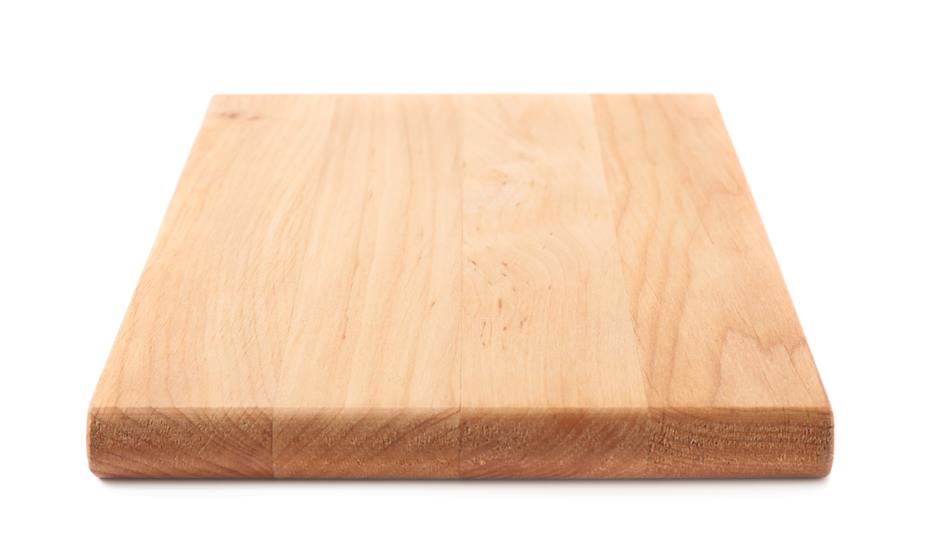
The general consensus is that a butcher block is no smaller than 12 x 12 inches, at least one and a half inches thick, and almost always made from the end grain of the wood. The edge grain alternatives are growing in popularity, but are more dominant in countertops
Although there are end grain wooden cutting boards, this face of the wood is more prevalent in butcher blocks. .. Unlike plastic or acrylic cutting boards, butcher blocks, being wood, are porous, just likecutting boards made from the same material. This may come off as a disadvantage at first, but with wood’s durability, butcher blocks make one of the sturdiest cutting surfaces.
Even though porous surfaces will absorb moisture and liquids over time, it won’t happen right away. Soaking a butcher block in water won’t result in immediate warping or cracks. Additionally, some butcher blocks come with drainages to carry away the liquids, further helping to ensure the surface doesn’t absorb as much. When cleaned properly – more on that down below – you won’t have issues with your butcher block or cutting board being porous.
A butcher block is suitable for cutting large portions of meat and whole poultry. It’s arguably the best surface to cut through bones with a cleaver. The excess force won’t be enough to move it around as it would with a cutting board. Nevertheless, it’s still best to place a towel underneath the butcher block for good measure, particularly if it’s not heavy enough.
Butcher block features
- Size: Butcher blocks are at least 12 x 12 inches and 1½ thick.
- Material: Almost always, butcher blocks are made from wood.
- Wood grain: An overwhelming majority of butcher blocks are made from the end grain of the wood. End grain wood surfaces have their wood fibers exposed. This creates a surface that’s gentle on the knives and doesn’t show as much scratches, cracks, and knife marks.
What is a cutting board?
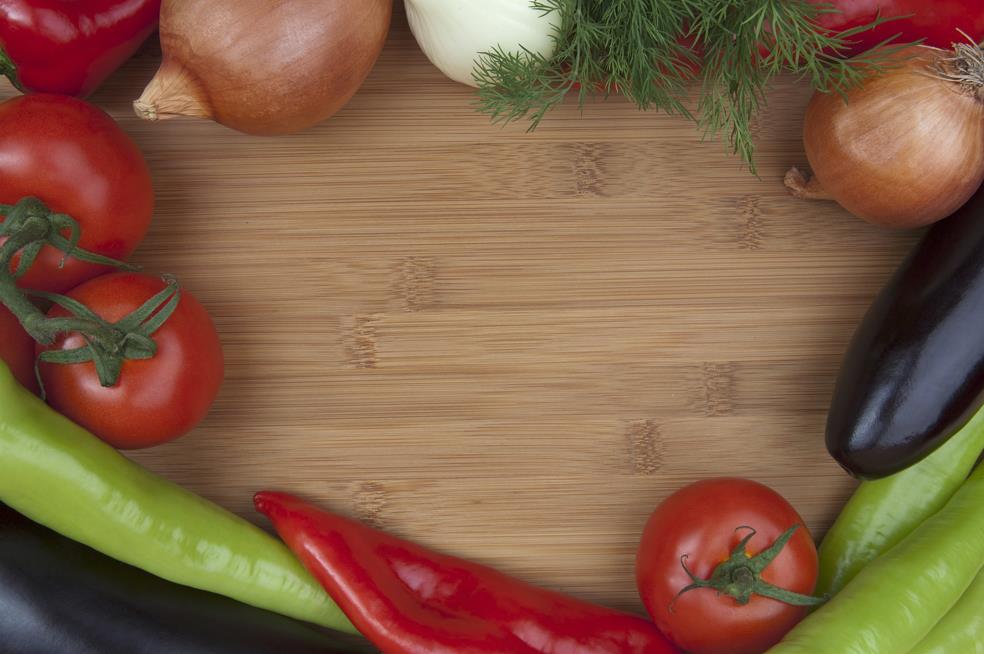
Much of the things mentioned about butcher blocks apply largely to cutting boards. Take an end grain wood cutting board and treat it as a miniature butcher block, but the same can’t be said for cutting boards made from other materials.
Comparing different cutting board materials is a topic on its own, which we’ve already covered in our blog, but wood comes out as the most suitable choice for most cooks. Still, plenty of other materials are used for making cutting boards.
The same as the materials used, there is a wide variety of cutting board sizes. Because cutting boards are smaller, they are more intended for lighter tasks. These include slicing and dicing small to medium-sized ingredients, like vegetables, fruits, and portioned meat.
Unlike butcher blocks, there isn’t a universally accepted standard for cutting board sizes. A cutting board can be between 6 and 14 inches wide to 8 and 20 inches in length. The one that’s suited for you depends on the size of your kitchen, the types of ingredients you’re cutting, and personal preferences. With these ranges, there is a perfectly sized cutting board for everyone.
Cutting board features
- Size: A cutting board can be as large as a big butcher block or as small as a cereal bowl. The thickness is higher in wood cutting boards, ranging from one to one and a half inches. With other materials like plastic, the thickness is usually half an inch.
- Material: You can find cutting boards made from plastic, bamboo, rubber, acrylic, glass, and marble.
- Versatility: Cutting boards are suited for many tasks, from cutting meat to slicing vegetables and fruits to deboning individual pieces of meat.
Comparing butcher blocks and cutting boards
Aside from the material they’re made from and size, minor differences change where we can utilize them and how we use them. Here are a couple of considerations to keep in mind before settling on whether or not to buy either one.
Purpose

Everything discussed so far makes it pretty obvious that butcher blocks are more and perhaps solely for cutting large slabs of meat, carving poultry, and using it to cut. They’re also well-suited for other ingredients that are easy to work with on an extensive cutting surface. Any ingredient that would fall off on the sides of a cutting board, like whole beef tenderloin, calls for a butcher block.
A butcher block is a must for cooks who frequently cut large pieces of meat. It makes everything easier, from cutting through bones to slicing and dicing. Plus, they comfort your knives as you use the blade with force and won’t show scars from them.
Cutting boards are better suited for cutting much smaller ingredients. Take slicing a potato into wedges as an example. A cutting board twice the size of the potato you’re slicing will be more than enough. Once you’re done, cleaning will also be easier, whereas cleaning a butcher block will take extra effort due to weight and size.
Cleaning
Furthermore, butcher blocks are much harder to clean. If you’re carving a whole chicken into pieces, a decently sized cutting board will be a better call. It’s easier to carry a cutting board to the sink and wash with warm soapy water and rinse compared to a gigantic butcher block.
Although this is a big no for wood and bamboo, some cutting boards made from other materials are dishwasher safe. Even if your butcher block were somehow dishwasher safe, the size would make it next to impossible to fit inside it anyways.
Size and weight
Cutting boards are lightweight and easier to clean and move around. They come in a huge variety of sizes. Although the minimum size prerequisite for a butcher block is 12 x 12 inches, most of them are bigger. This adds to its weight and makes them rather stationary – a cutting board, not so much. They are lightweight, and it’s no problem to move them to different areas of your countertop.
That’s why butcher blocks stay put in one part of the kitchen, as they’re usually also too big to store in the cabinet.
Wood grain

As noted, butcher blocks are often made from end grain wood. The same also goes for cutting boards, but along with face grain and edge grain of the wood, which are more popular. Other materials that are used for butcher blocks aren’t as preferred because wood generally makes the best cutting boards for most cooks.
The end grain wood is sought after more than the others for being gentle on knives and not showing as many knife marks and scratches. In addition to these features, end grain has fibers that are exposed that come together over time – sort of self heals itself. This helps the surface last longer and doesn’t require sanding as quickly.
Face grain and edge grain are prone to show scratches and knife marks over time. Nevertheless, these sides of the wood is still prominent in cutting boards, especially in more affordable ones. Despite being less durable than end grain, face grain and edge grain cutting boards are still more durable than other materials used for making cutting boards.
Cutting boards are best for:
- Slicing and dicing medium-sized ingredients like vegetables and fruits. They’re also good for cutting any other ingredient, including any kind of meat, as long as the size of it is enough.
- Small kitchens with limited space.
Butcher blocks are best for:
- Cutting large slabs of meat, bones, and other ingredients that require force to cut or are too large for a regular cutting board.
- Using a cleaver to cut through bones as it’s in place and the end grain is gentler on the knife’s edge, preventing chipping or dulling the blade fast.
Which one should you choose?
There is no need to choose between a butcher block and a cutting board. Regardless of what kind of ingredient you’re slicing in the kitchen, a cutting board is a must. A butcher block is basically the same but is much bigger. If you’re someone that cuts lots of meat, you’ll surely benefit from the large surface area of a butcher block.
That said, pair your cutting board with a butcher block if you find yourself needing extra space. Additionally, you might want to consider a butcher block for its stability. When cutting through bones, cutting boards may not hold in place. Even the ones with non-slip attributes can give you trouble and potentially lead to accidents. These are strong indications that you need a butcher block.
For anything else, a sizable enough cutting board will suffice. However, don’t go on buying a butcher block just for its size. A butcher block is intended for cutting animal protein. The surface is easy on the knives and thick enough to endure the stress of a powerful strike. If you’re barely cutting meat, opting for an extra-large cutting board instead would be a better choice.
How to care for butcher blocks and cutting boards?

As both are made from wood, there isn’t a real difference between how you care for a butcher block and a cutting board. So, the general care requirements apply to both of them.
Keep the surface clean, wash with warm soapy water, rinse thoroughly, and air dry on its side. Read: How to clean a wooden cutting board.
Coat the surface using food-grade mineral oil to make it water-repellant and condition the board. Read: Caring tips for your cutting board.
These are two staple care elements for keeping for your cutting board and butcher block in top shape or any other wooden surface, like a butcher block countertop.
Bottom line
Although comparisons usually have a winning and a losing side, these don’t apply to butcher blocks and cutting boards. Despite having the same purpose – to cut ingredients on them – both have specific use cases. Use your butcher block to cut big slabs of meat of all kinds and bring out your cutting board for anything else.
Read more on the HDMD Knives Blog to see more comparisons of different kitchen tools and knives.





